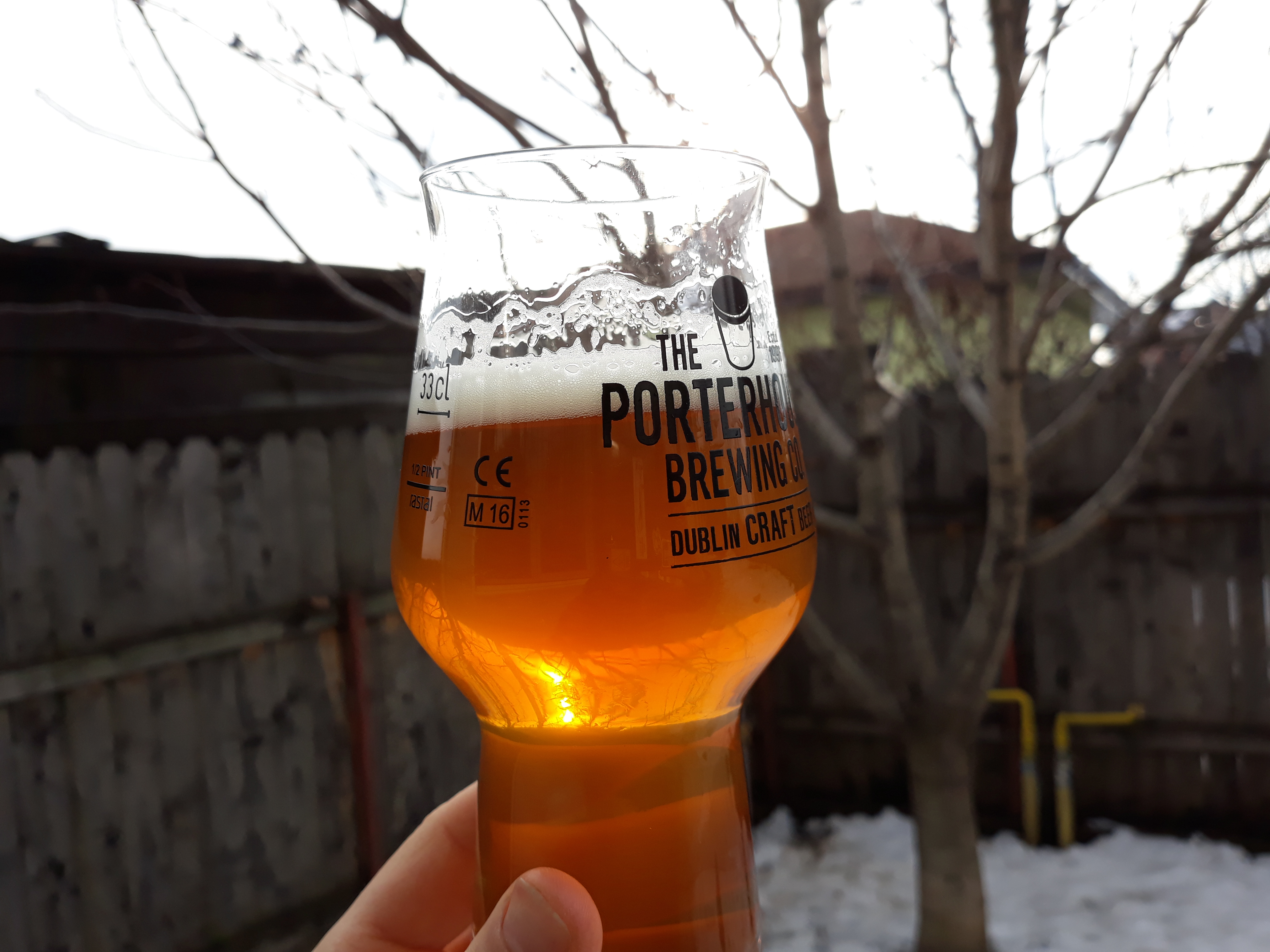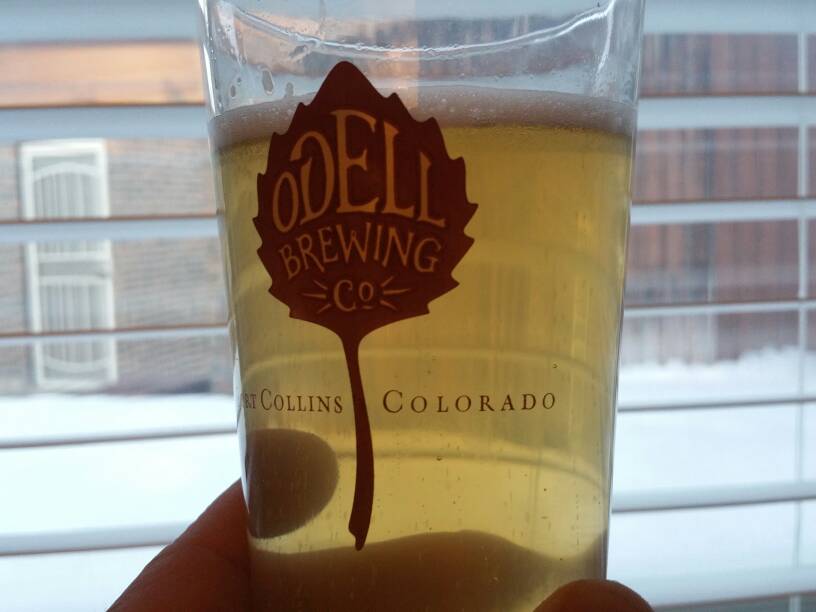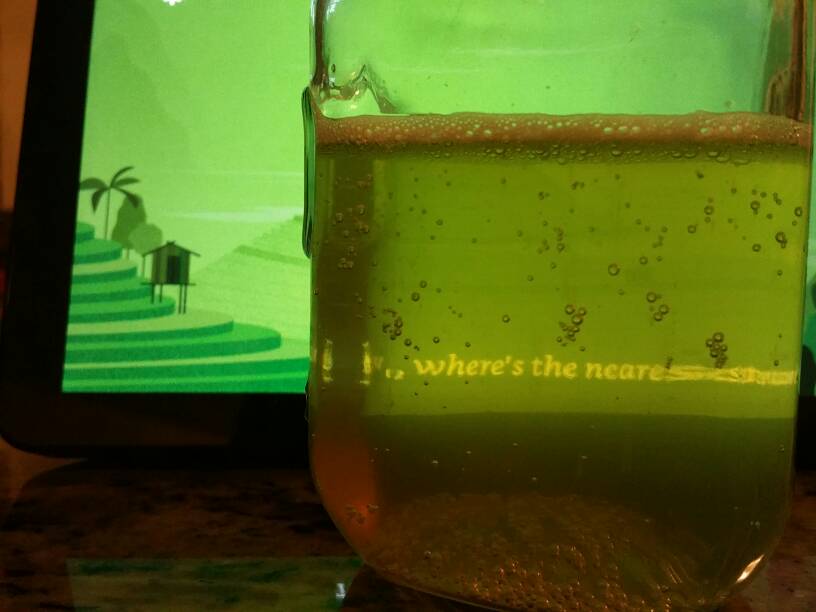I've brewed three with 34/70, generally fermented in the upper 50s. None were quite where I wanted them.
I'm drinking an M54 batch right now which is good. A dozen guys at a homebrew meeting found no fault with it. It has definitely improved in three weeks in the keg. I still hope to make better lagers, but I'm pleased with the M54.
I'm drinking an M54 batch right now which is good. A dozen guys at a homebrew meeting found no fault with it. It has definitely improved in three weeks in the keg. I still hope to make better lagers, but I'm pleased with the M54.



















































![Craft A Brew - Safale S-04 Dry Yeast - Fermentis - English Ale Dry Yeast - For English and American Ales and Hard Apple Ciders - Ingredients for Home Brewing - Beer Making Supplies - [1 Pack]](https://m.media-amazon.com/images/I/41fVGNh6JfL._SL500_.jpg)













